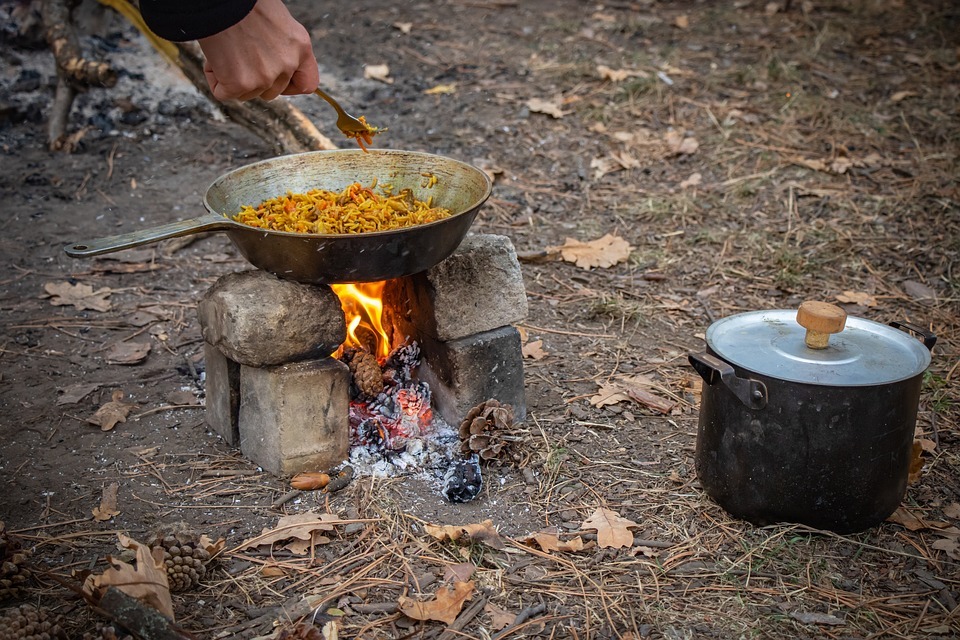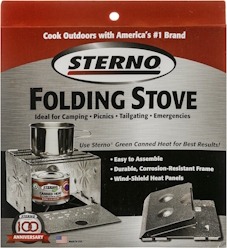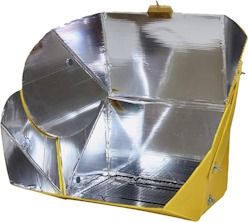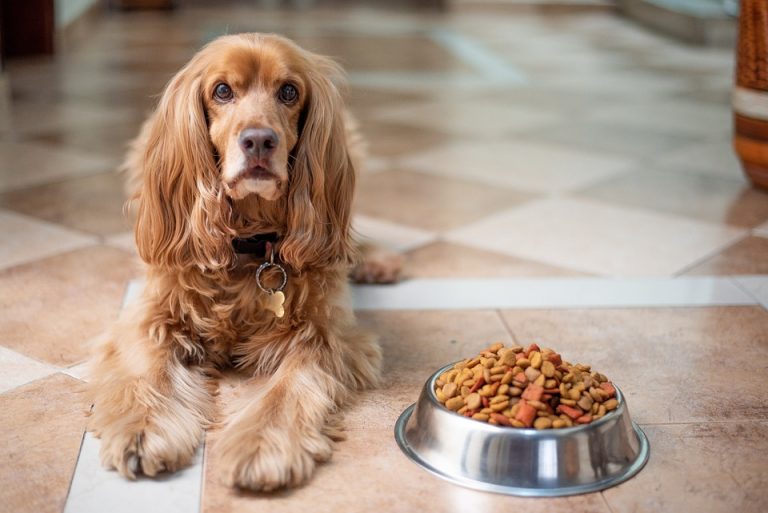
In times of crisis or emergency situations, the loss of power can disrupt daily routines and access to essential resources, including the ability to cook food. Whether facing a natural disaster, blackout, or any situation that renders electrical appliances unusable, knowing how to prepare meals without power becomes paramount for survival. Here, we explore essential methods and techniques for cooking without power during emergencies.
Portable Stoves and Campfires
Portable stoves fueled by propane or butane offer a reliable option for cooking during emergencies. They are compact, easy to store, and can be used indoors or outdoors with proper ventilation. Additionally, campfires provide a traditional method of cooking when other options are unavailable. Ensure you have a safe outdoor space to build a fire, and always follow fire safety guidelines.

Charcoal Grills
Charcoal grills are versatile cooking devices that can be used during power outages. They provide an excellent heat source for grilling meats, vegetables, and even boiling water. Keep a supply of charcoal and lighter fluid on hand for emergency use.
Solar Cookers
Solar cookers utilize the sun’s energy to cook food without the need for electricity or fuel. They are environmentally friendly and require only sunlight to function. Simple solar oven designs can be made using reflective materials and cardboard boxes. While they may take longer to cook food compared to conventional methods, they offer a sustainable option for preparing meals during extended power outages.

Canned Heat and Sterno Cans
Canned heat products, such as Sterno cans, provide a convenient and safe way to heat food without electricity. These portable fuel sources produce a steady flame and are commonly used for catering and camping. They are ideal for heating canned foods or small meals in makeshift cooking arrangements.
Wood-Burning Stoves
For those with access to a wood-burning stove or fireplace, cooking without power becomes more manageable. These stoves can be used to boil water, cook soups, stews, and even bake bread. Ensure that your stove or fireplace is properly maintained and ventilated for safe indoor use.
Preparedness Planning
In addition to knowing alternative cooking methods, preparedness planning is essential for surviving emergencies without power. Keep a stockpile of non-perishable foods that require minimal or no cooking, such as canned goods, dried fruits, nuts, and energy bars. Have a supply of cooking utensils, matches, lighters, and fuel sources readily available in your emergency kit.
Safety Considerations
Safety should always be a top priority when cooking without power during emergencies. Follow manufacturer instructions and safety guidelines for all cooking appliances and fuel sources. Ensure proper ventilation when using indoor cooking methods to prevent carbon monoxide buildup. Keep flammable materials away from open flames and exercise caution when handling hot surfaces.
Conclusion
Cooking without power during emergencies requires resourcefulness, preparation, and a basic understanding of alternative cooking methods. By familiarizing yourself with these techniques and planning ahead, you can ensure that you and your family are well-equipped to handle unexpected situations without compromising access to nourishing meals. Remember, staying calm, informed, and prepared is key to navigating challenging circumstances and maintaining safety and well-being during emergencies.



